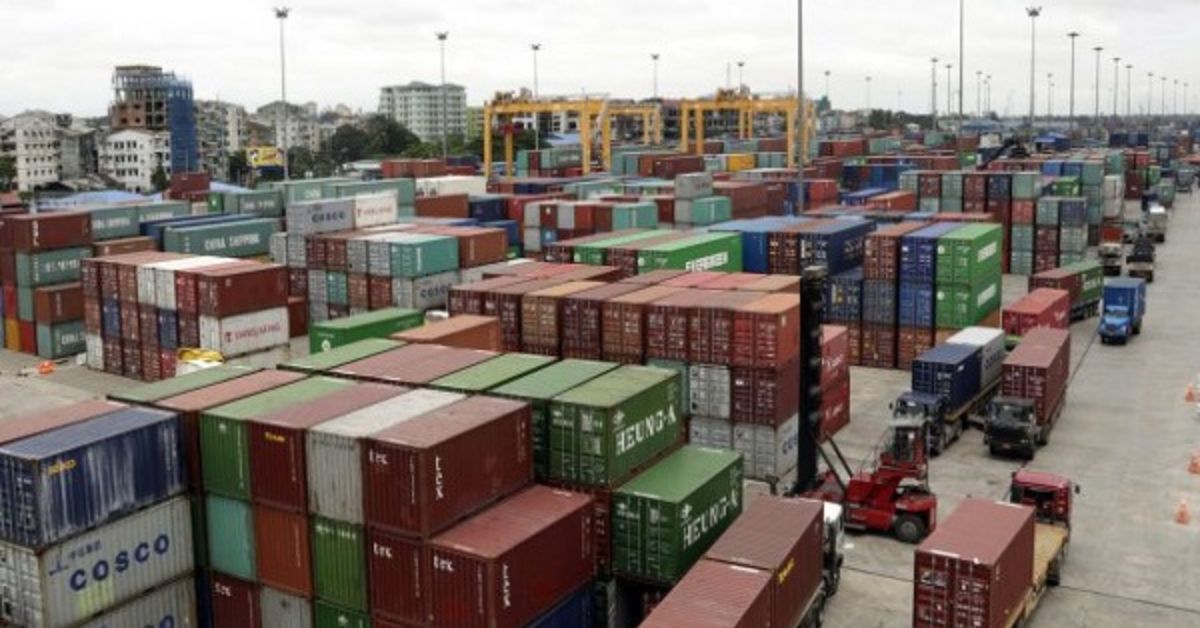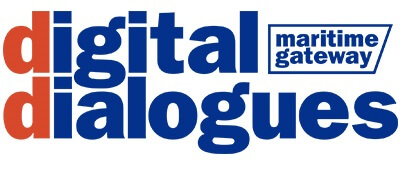In a move aimed at streamlining cross-border logistics, the Indian government has expanded its Electronic Cargo Tracking System (ECTS) to cover more routes and ports for shipments destined for Nepal. The initiative allows transit cargo to move through additional Indian ports and new rail-road corridors, marking a major step toward digitalizing trade facilitation in the region.
The GPS-enabled ECTS replaces the traditional manual sealing and paper-based documentation process, enabling real-time tracking of containers and ensuring greater transparency and security. The system, officials said, will cut down on transit time, reduce congestion at key ports, and enhance the predictability of cargo movement.
The move aligns with India’s commitments under the India-Nepal Transit Treaty, which guarantees Nepal access to multiple trade routes through Indian territory. It also supports India’s obligations under the WTO Trade Facilitation Agreement, which emphasizes the use of technology to streamline customs procedures.
According to the Transshipment of Cargo to Nepal under Electronic Cargo Tracking System (Amendment) Regulations, 2025, issued by the Ministry of Finance and notified by the Central Board of Indirect Taxes and Customs (CBIC), the system will now apply to cargo transshipped from Kolkata, Haldia, and Visakhapatnam ports.
Shipments from these ports can now move via several routes:
- By rail to Birgunj in Nepal
- By rail to Batnaha (India) and onward by road to Biratnagar (Nepal)
- By rail directly to Biratnagar (Nepal)
- By rail to the Indian Customs Yard at Jogbani, followed by road to Biratnagar (Nepal)
The development comes amid a slowdown in India’s exports to Nepal. Shipments fell by 16.6% year-on-year in September 2025, dropping to $516.62 million, as political instability and youth-led protests in Nepal disrupted trade. Despite this temporary dip, Nepal remains one of India’s key trading partners.
In FY25, India exported goods worth $7.32 billion to Nepal, while imports stood at $1.2 billion, resulting in a significant trade surplus. In FY24, exports totaled $7 billion, and imports were $831 million. Major export items from India include petroleum products, vehicles, machinery, electrical equipment, and food items.
First launched in 2019, the ECTS was designed to digitally monitor Nepal-bound cargo moving through India’s transit routes. It was last revised in July 2023, and the current expansion marks another milestone in India’s push to enhance trade efficiency and logistics connectivity across South Asia.









